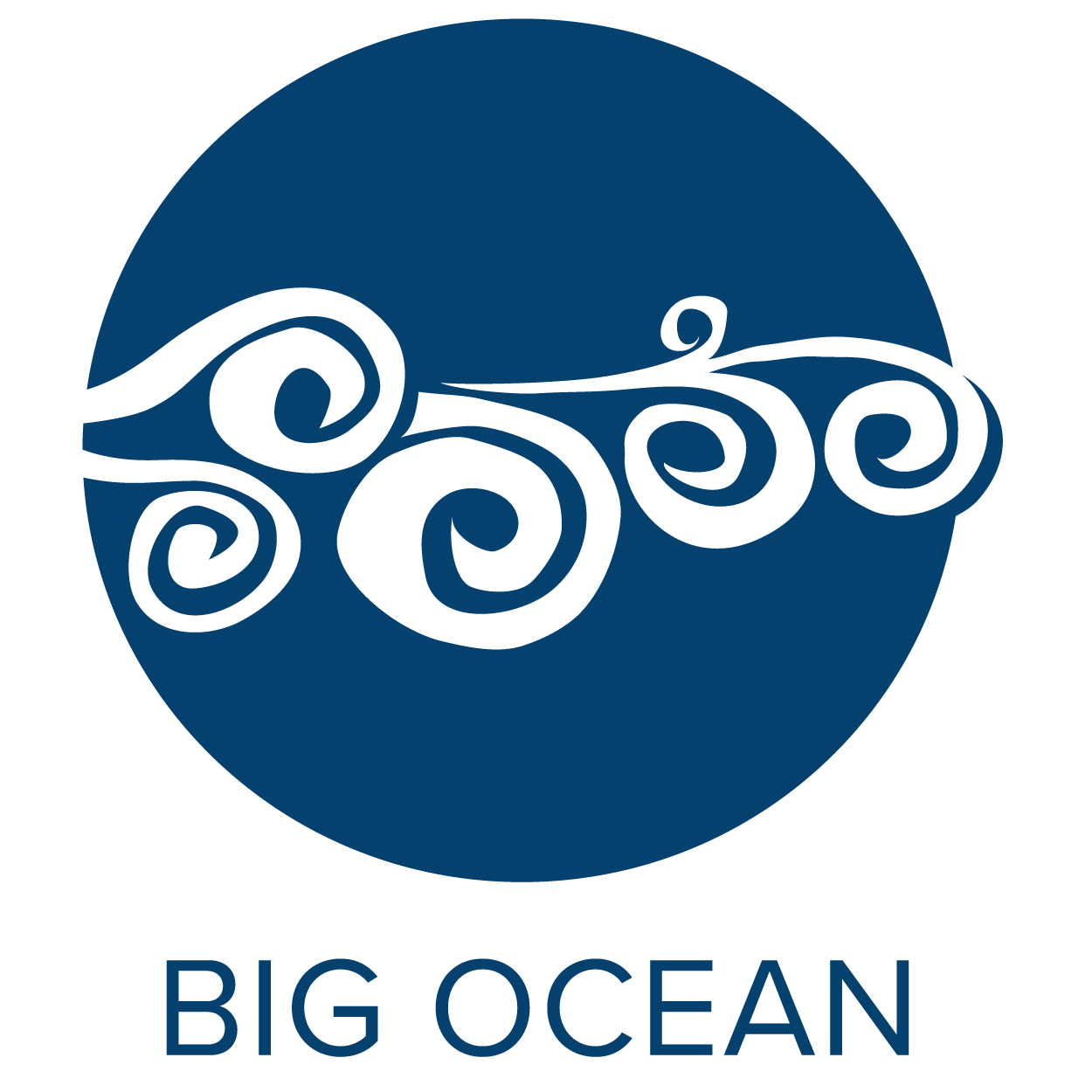50/20: Celebrating Earth & Oceans
In parallel with celebrating 50 years of Earth Day, we must also recognize important marine conservation efforts, namely the emergent field of Large-Scale Marine Protected Areas (LSMPA), which came onto the scene in 2000, when the Great Barrier Reef Marine Park was joined by the Northwestern Hawaiian Islands Coral Reef Ecosystem Reserve.
This year marks the 50th Anniversary of Earth Day, a global celebration that happens on April 22 annually. Earth Day is important not only because it helps channel our efforts towards caring for our collective home; it also marks the anniversary of the birth of the modern environmental movement in 1970.
As humans most often respond to activities within or threats to their known environment, it is not surprising that terrestrial ecosystems were the primary focus of conservation for several decades. However, as our understanding of the marine realm has increased, so too has our awareness of its role in sustaining livelihoods, ensuring food security, and driving global climate. As such, advancing ocean protections and improving governance models have taken on a new level of importance.
In 2000, with the establishment of the NWHI Coral Reef Ecosystem Reserve, known today as Papahanaumokuakea, the Great Barrier Reef Marine Park was no longer the only large-scale MPA (LSMPA) globally; this marked the birth of ocean management at-scale. Twenty years later, the total count of established LSMPAs has increased to 32, with at least another six declared sites waiting in the wings. There are also several High Seas areas, the most notable of which being the Ross Sea Region High Sea MPA.
Collectively, the established LSMPAs represent commitments from 16 countries, protecting approximately 16.6 million square kilometers of the ocean (4.6% of global total). Assuming the declarations are established, this would add ~6.5 million square kilometers of ocean and boost the total to just over 23 million square kilometers. As the challenges of the Anthropocene increase, we must invest in best-practice ocean management, protection, and governance in equal measure; LSMPAs are one critical tool in creating a more balanced and sustainable relationship between people and the natural world.
Specific to Big Ocean, our network is marking its 10th Anniversary. Across this last decade, we have supported early adopters, such as the Great Barrier Reef Marine Park, Papahanumokuakea Marine National Monument, and Motu Motiro Hiva Marine Park as well as new sites like Nazca Desventuradas Marine Park and Palau National Marine Sanctuary.
Big Ocean has worked to grow the field by supporting a diverse collection of organizations and communities who are stepping forward to establish LSMPAs for purposes other than just conservation. One example is Te Tai Nui A Hau, which was established primarily to perpetuate the cultural traditions and natural resources management practices of the Marquesan people.
Beyond the numerous ecological, economic, and cultural benefits that large-scale MPAs provide, they are our greatest hope for achieving marine conservation goals such as the Convention on Biodiversity’s Aichi Target 11, which calls for at least 10% of marine and coastal areas to be conserved by 2020. The size of LSMPAs accentuates their inter-governmental and global significance; they can often affect international marine policies in ways that smaller scale MPAs cannot. The United Nations and other international groups are also exploring the possibility of establishing more MPAs on the high seas in areas beyond national jurisdiction, clearly signaling that large-scale marine conservation is of global importance.
#20in2020 #LSMPA #bigocean #EarthDay2020 #peopleandthesea

